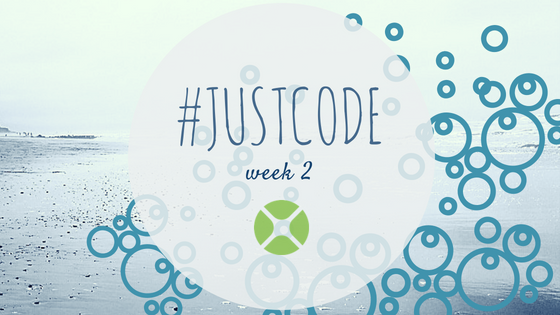You are likely already familiar with terms like Sandboxing, hardened runtime and Notarization. After all, these are required if you plan to distribute your macOS…
Comments closedCategory: Security
Xojo Cloud is the premier hosting solution for developers looking for a reliable, secure and high-performance hosting environment for Xojo web applications. Xojo Cloud is developed specifically for Xojo web applications and offers a range of benefits for you and your applications that make it worth the investment.
Comments closedOne of the PDFDocument features added in Xojo 2022r2 is the ability to encrypt PDF files created with Xojo. Continue reading and I will show you how.
Comments closedI’ve learned over the years not to have any specific expectations from Apple’s WWDC keynote. Some years they introduce something big and new that we were pretty much expecting. Other years they blindside us. As the CEO of a company that creates tools for building apps for most of Apple’s ecosystem and given Apple’s history of secrecy, I’m understandably curious just how blindsided I might be each June. Fortunately, this year’s keynote was filled with features that ranged from mildly interesting to really awesome but all incremental improvements across Apple’s software line.
Comments closedBeginning with Xojo 2022r1 you can use Xojo’s newPDFSignatureForm Control in your PDFDocuments. Using this allows your users to be able to sign documents using a Digital Certificate. Read on to learn how…
Xojo 2021 Release 3 has a few improvements to the Crypto module that you might find useful such as SHA3, BlowFish/TwoFish and CRC-32.
Comments closedOur vision for Xojo Cloud is a simple, one-click deployment option for your web app. Xojo Cloud allows you to focus on developing your app instead of dealing with the nitty gritty details of web hosting and security. Xojo Cloud has tons of new stuff to compliment apps built with Xojo 2020r1!
Comments closedARC4 is a symmetric encryption algorithm fast and easy to implement. Being symmetric does means that it uses the same function with the same key (varying from 40 to 2048 bits) both for cyphering and de-cyphering a block of data.
Is it the most secure or robust encryption algorithm around? Not really. But it provides a good amount of performance and you can take further steps in order to correct some of its flaws. So, continue reading if you are interested in having this one in your developer toolset implemented as a Class with separate methods to encrypt and decrypt a block of information (even if it uses the same function in both cases).
Comments closedIn week 2 of the Just Code challenge I took inspiration from a feature in 1Password that can generate a password suggestion. This desktop app allows you to specify a desired password length and the number of digits and symbols to include in it.
Comments closedIn an ideal world there is a person responsible for every step in software development, from coding, UI design, distribution, documentation, marketing and support. All of this can seem really overwhelming for independent developers and small businesses. But if you break it down and take it one piece at a time, it’s manageable by even the smallest team of one. Right now, let’s look at software distribution.
For software, distribution usually means generating and validating unique serial numbers for each of your products and users. Serial numbers (or license keys) help you manage your users, unlock a free trial or demo version for full use and, of course, minimize illegal use of your apps.
Comments closed

